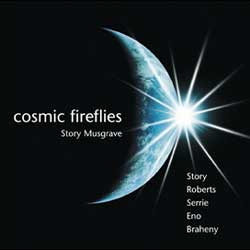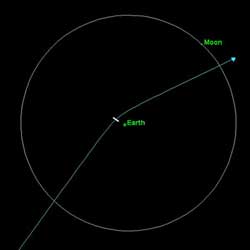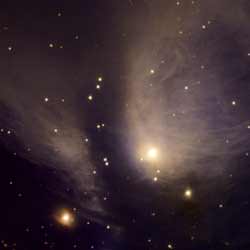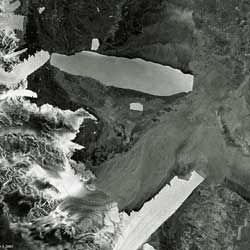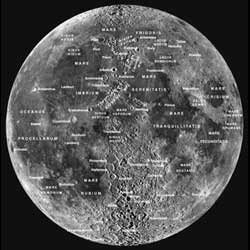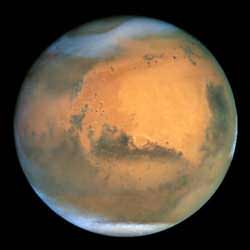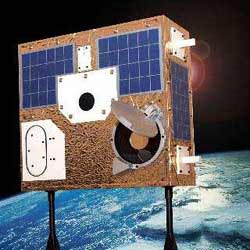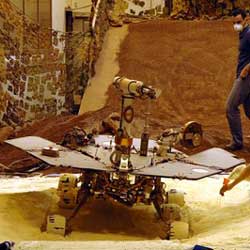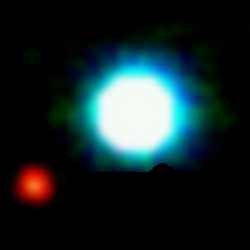
ESO image of a completely different star, 2M1207, and its planet. Image credit: ESO. Click to enlarge.
Canadian astronomers using the MOST space telescope have observed a remarkable planetary system where a giant close-in planet is forcing its parent star to rotate in lock-step with the planet’s orbit. “This is truly a stellar story of `tail wags dog’,” according to Dr. Jaymie Matthews of the University of British Columbia, leader of the Canadian Space Agency’s MOST space telescope mission, in an announcement about the exoplanetary system tau Bootis made at the annual meeting of the Canadian Astronomical Society in Montreal today.
“The interactions between the star and the giant planet in the tau Bootis system are unlike anything astronomers have seen before,” elaborates Dr. Matthews. “And they would be undetectable by any instrument on Earth or in space other than MOST.”
The MOST (Microvariability & Oscillations of STars) satellite has revealed that the star tau Bootis is undergoing subtle variations in its light output that are in synch with the orbit of the planet – unimaginatively designated tau Bootis b – in a tight orbit around it. The best explanation is that the planet’s gravity has forced the outer envelope of the star to rotate so it always keeps the same face to the planet – despite the fact that the planet is probably under 1% of the star’s mass.
“It’s no surprise when a star or planet gravitationally forces its smaller companion to spin according to its orbital rhythm, like the Moon always keeping the same face to the Earth,” Dr. Matthews explains. “But for a planet to force a star to do this is very unusual.” In all likelihood, only the surface layers of gas in the star have succumbed to the planet’s influence, just as in the Earth-Moon system, where the Moon has succeeded in causing a bulge in the thin layer of water on the Earth’s surface which results in the ocean tides, but has not forced the massive solid Earth underneath to rotate in step.
The only reason why the planet can lead even part of the star in the tau Bootis system is because it orbits so closely – only 1/20th of the Earth-Sun distance – and because it’s quite big as planets go – at least 4 times the mass of Jupiter, the largest planet in our own Solar System. The planet was discovered in 1997 by American astronomers Paul Butler, Geoff Marcy and colleagues based on the wobbling motions induced in the star by the 3.3-day orbit of an unseen companion. With such a small orbit, you might expect other complicated interactions between the star and planet, and MOST has observed evidence for these as well. There are indirect indications of starspots, tidal distortion, and even magnetic activity on the surface of tau Boo a.
Last year, another team of Canadian scientists, led by Evgenya Shkolnik (an alumna of UBC now at the University of Hawaii) and Gordon Walker (an exoplanet pioneer and MOST Science Team member at UBC), presented evidence in a system similar to tau Boo, HD179949, for a planet heating up the gas in its parent star, which is also behaviour never seen before. This would probably be caused by the entanglement of a magnetic field of the planet with the star’s field. “We may be witnessing another example of this in tau Bootis,” notes Dr. Walker. “The nature of the light variations is different for each of the nine exoplanet orbits monitored by MOST in 2004 and 2005. The explanation for all the variability will have to include intrinsic stellar effects, like rotation, and planet-induced effects, like heating caused by tides and magnetic fields – a complex model, to be sure.”
The theories of the origins and evolution of planetary systems were shaken up a decade ago with the discovery of the first of these giant close-in exoplanets (dubbed “hot Jupiters”) around the Sun-like star, 51 Pegasi. The planet in the tau Bootis system is more massive and closer to its star than the one in 51 Pegasi, and represents a remote laboratory for planetary scientists to test new theories about planet formation that will eventually be applied to our own Solar System. The details revealed by MOST have already excited theorists, and certainly excited the observers on the MOST team. Dr. Rainer Kuschnig, MOST Instrument Scientist (UBC) can barely contain his enthusiasm: “It’s tremendous fun to watch the data on this system come in from the satellite and see something new every day. It’s so cool!”
MOST (Microvariability & Oscillations of STars) is a Canadian Space Agency mission. Dynacon Inc. of Mississauga, Ontario, is the prime contractor for the satellite and its operation, with the University of Toronto Institute for Aerospace Studies (UTIAS) as a major subcontractor. The University of British Columbia (UBC) is the main contractor for the instrument and scientific operations of the MOST mission. MOST is tracked and operated through a global network of ground stations located at UTIAS, UBC and the University of Vienna.
Animations of eta Boo and tau Boo are available at:
http://www.astro.umontreal.ca/~casca/PR/etaBoo2.wmv
http://www.astro.umontreal.ca/~casca/PR/tauBootis3.wmv
Original Source: MOST News Release

